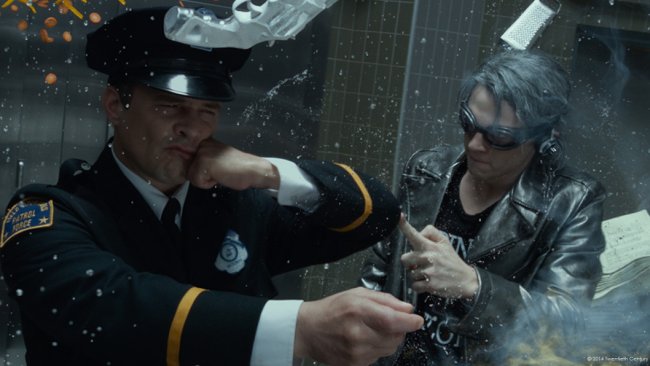
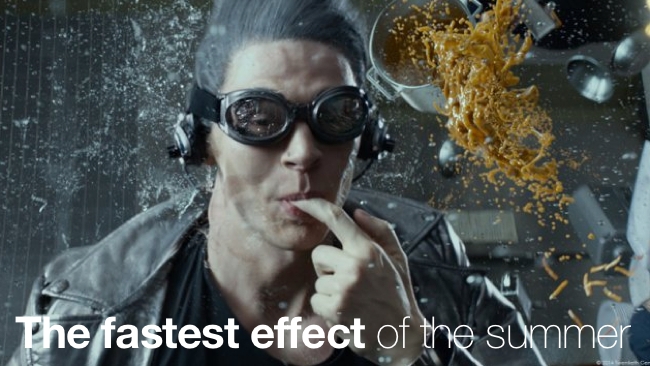 The fastest effect of the summer
The fastest effect of the summer
Bryan Singer may have placed Hugh Jackman’s Wolverine mutant front and centre of the narrative for time-hopping superhero blockbuster X-Men: Days of Future Past, but the centrepiece of the movie is a witty visual effects-laden cameo from the aptly named Quicksilver
Here Quicksilver (Evan Peters) uses his skills to help Wolverine (Jackman), Beast (Nicholas Holt) and Charles Xavier (James McAvoy) break Magneto (Michael Fasbender) out of a prison deep beneath the Pentagon, with the action initially depicted in real-time before switching to show events from high-speed mutant’s perspective as he effortless navigates the mayhem.
Visual effects giants MPC and Digital Domain handled many of the film’s 1,300-plus visual effects shots, but full credit for what overall vfx supervisor Richard Stammers describes as “undoubtedly the most memorable and awesome sequence in the movie” goes to Adelaide-baed Rising Sun Pictures.
Superficially, the 29-shot sequence is an evolution of the well-worn bullet time technique (which combine shots from a multiple camera rig with image based modelling) first developed for 1999’s The Matrix. But in truth Rising Sun Pictures relied on a whole range of live action, 3D animation, simulation and compositing techniques to depict Quicksilver’s high-speed romp through a room of people, bullets and other paraphernalia moving so comparatively slowly they’re almost stationary. “Even though it’s a fantastical event you still want to feel as though you are there,” notes Tim Crosbie, vfx supervisor at RSP. “The biggest challenge is to find that balance between an exciting, magical event and one that looks real.”
Work on sequence began over at previz studio The Third Floor, where director Bryan Singer and Stammers worked to choreograph the key comedic and dramatic beats. This provided a template for the live shoot and also helped to establish that the majority of the shots could be achieved utilising manipulated footage of actor Evan Peters rather than relying too heavily on a digital double.
Time, as Quicksilver sees it
To depict time as Quicksilver sees it, slow-motion elements were filmed using a 3D Phantom camera setup, shooting at 3200 frames a second. Peters himself was then shot in close-up with the Phantom set at 250 frames per second to capture the skin on his face rippling and hair blowing as they blasted him with wind and rain. Wider shots of him running first around the wall and then back down on to the ground were then captured with a Techno Crane dolly. Judicious timing of jumps between treadmills and a camera roll helped sell the 90 degree transition, with CG leg replacements used to complete the illusion.
The sequence shows Quicksilver playfully using his super-speed to instigate a series of pratfalls for the guards in the room, placing obstacles in their way and even manoeuvring the arm of one so that he punches himself. This was achieved using a relatively low-tech solution, with the actors playing the guards standing as still as possible while Peters acted out his moves. Photographing this at 120 frames per second allowed for speed ramping where required, while further work in post stabilised any unwanted body movements.
For the set itself, a LIDAR san provided the starting point for modelling a digital version and for CG object placement. Extensive high dynamic range reference photography was also taken of every single surface, along with cyberscans of various props. The RSP artists ended up rafting almost 100 different items, including pots and pans, fruit and vegetables. Many of these items end up suspended in mid-air, along with various spilled liquids. Frozen fluid sculptures helped with the latter, while for the bullets that inch from the guards’ guns towards the escaping mutants some artistic licence was required as in reality even footage of a gunshot captured at 3000 frames per second would fail to keep it in the shot for very long.
The final challenge involved adding water droplets – falling from the room’s sprinkler system – into the shots. A number of fluid and rigid body simulations were utilised on a shot-by-shot basis to depict collisions with surfaces including Quicksilver’s face (along with additional facial roto work), and to create a ‘rain tunnel’ effect as water droplets are pulled along in his wake.
Perhaps what impresses most about the sequence, and has left many moviegoers and critics singling it out for special praise, is not its technical complexity or microscopic attention to detail, but the fact the perfectly choreographed digital artistry combines exhilarating spectacle with genuinely comic timing. Digital visual effects can be clever and funny – who knew?
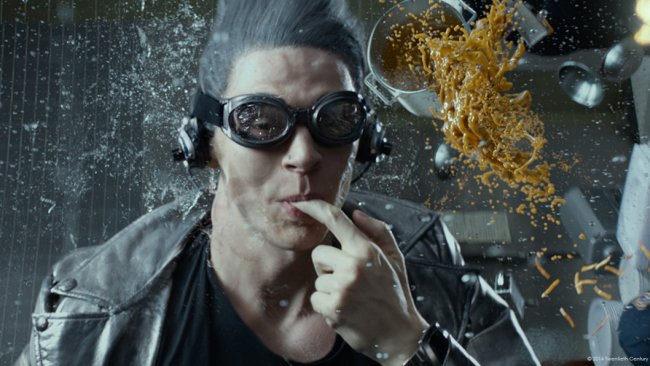

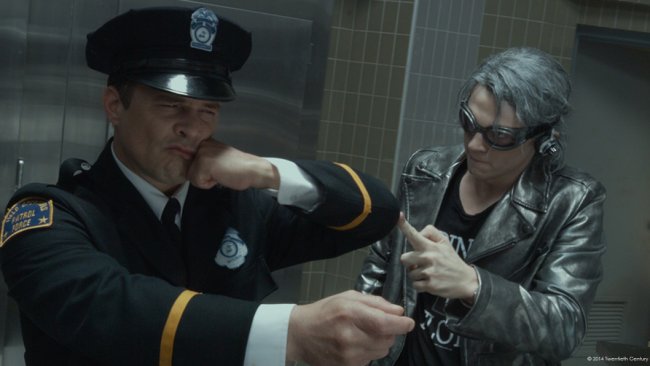
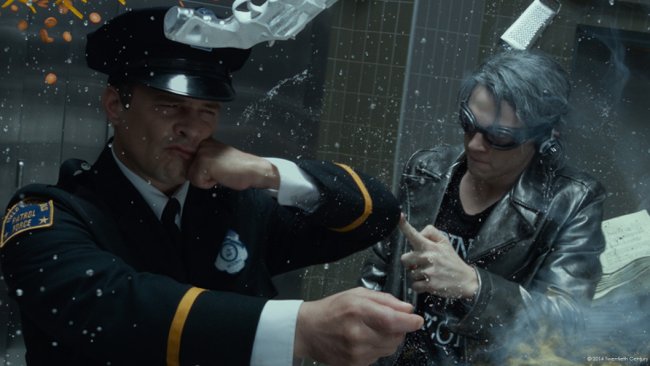
Tags: Articles


Comments